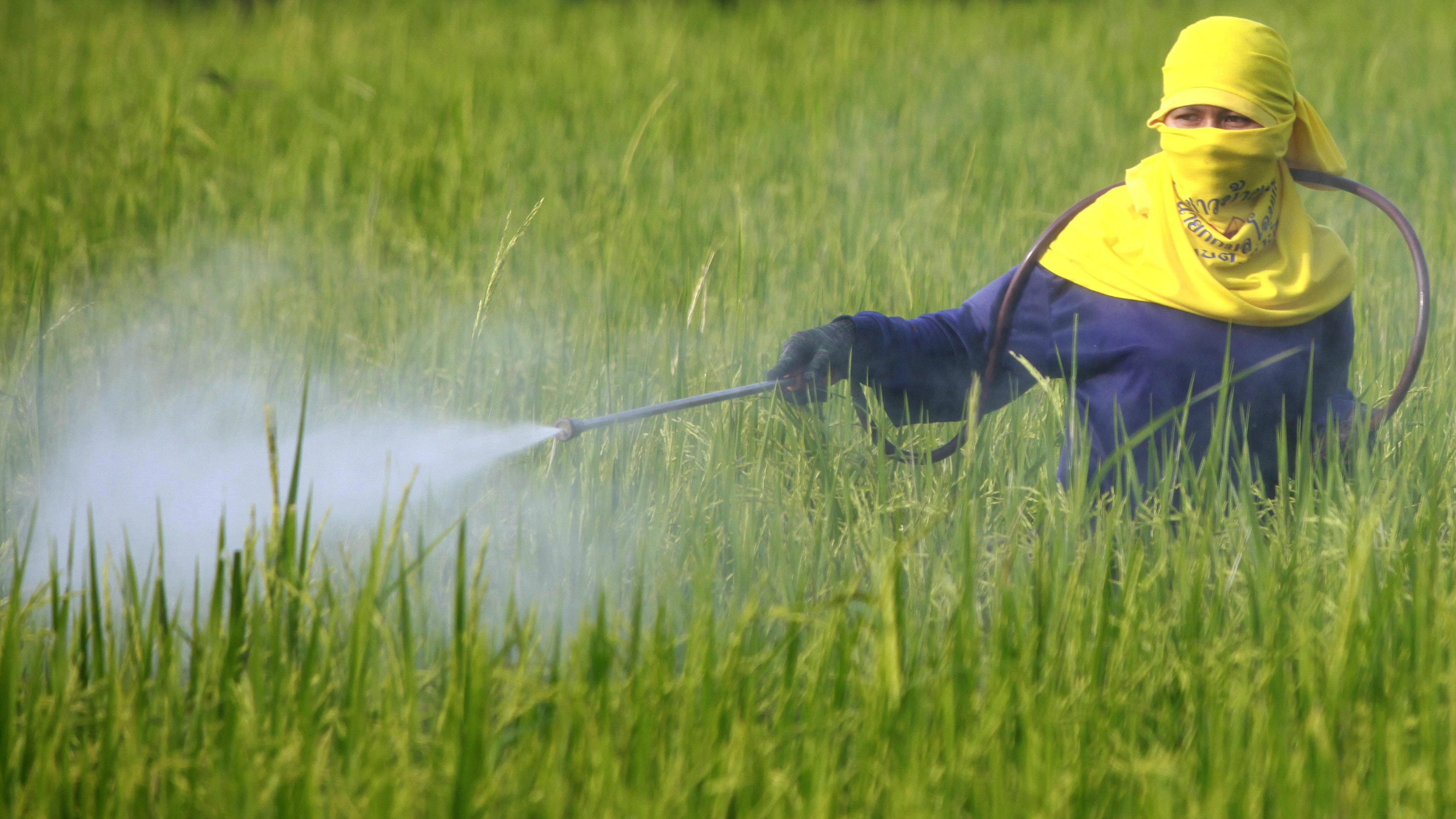The health claims related to drinking raw milk have not been verified by scientific evidence, and therefore do not outweigh the potential health risks that raw milk poses to pregnant women and children, according to a policy statement issued Monday by the American Academy of Pediatrics, the nation’s leading pediatrics organization.
The organization went even further than advising against drinking raw milk by also endorsing a nationwide ban on the sale of raw dairy products.
That recommendation, the organization stated, was based on the plentiful data regarding the burden of illness associated with raw dairy, especially among pregnant women and children, along with the “strong scientific evidence” that pasteurized milk promises the same nutritional value.
While anyone can fall ill from drinking raw milk contaminated with bacterial pathogens, it is especially risky to pregnant women, infants, the elderly, and immune compromised individuals, the statement said.
Before U.S. dairies began pasteurizing milk in the 1920s, raw dairy products caused a significant portion of foodborne illness, including hundreds of outbreaks of tuberculosis and infections such as Brucella abortus, streptococcal species and intestinal pathogens. Today, raw dairy is more commonly associated with E. coli, Campylobcater and Salmonella outbreaks.
According to the academy, 79 percent of raw dairy outbreaks involve at least one person under 20 years old.
Of 121 dairy-related outbreaks reported between 1993 and 2006, 73 (60 percent) were linked to raw dairy, despite only about 3 percent of the dairy products consumed in the U.S. being unpasteurized. And, in those outbreaks, 13 percent of raw dairy drinkers were hospitalized, while only 1 percent of pasteurized dairy drinkers were.
Pregnant women who consume raw dairy products are statistically at five times greater risk of contracting infections of toxoplasma, E. coli or Listeria, which may cause consequential neonatal infections such as sepsis or meningitis.
“In summary, the AAP strongly supports the position of the FDA and other national and international associations in endorsing the consumption of only pasteurized milk and milk products for pregnant women, infants, and children,” the AAP stated.
Source: food safety news





 The bark of the white willow tree (Salix alba) contains a substance called salicin, which the body can convert to salicylic acid. This is the same compound that aspirin becomes once it’s been metabolized by the body. Salicylic acid is believed to be the active compound in aspirin that relieves pain and inflammation, making white willow tree bark a possible natural alternative to the painkiller.
The bark of the white willow tree (Salix alba) contains a substance called salicin, which the body can convert to salicylic acid. This is the same compound that aspirin becomes once it’s been metabolized by the body. Salicylic acid is believed to be the active compound in aspirin that relieves pain and inflammation, making white willow tree bark a possible natural alternative to the painkiller.








